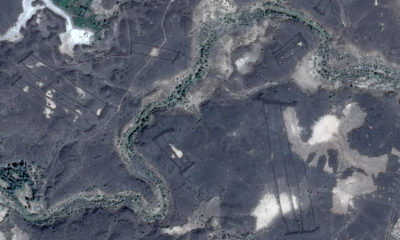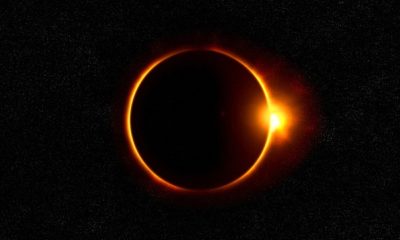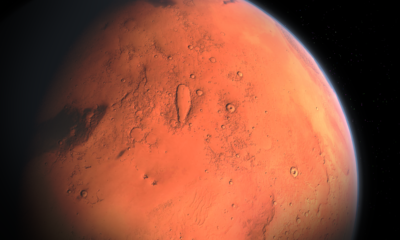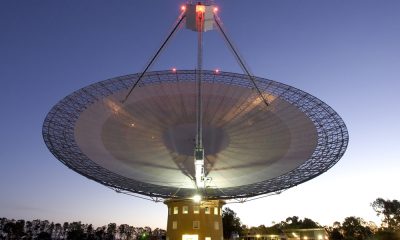Lighting up the night sky this weekend is the larget full moon of 2013, also known as the Supermoon. Scientists announced that this annual phenomenon is going to occur on Sunday, 7 a.m. EDT (1100 GMT). But this year’s supermoon is more special than usual. The moon will be seen larger than it is usually perceived since it will reach the point of its orbit where it is only 221,824 miles far from the Earth.
Skywatchers need to watch out for cloudy skies that might hinder them from actually witnessing the supermoon of 2013. For those who are going to miss this rare event, the next supermoon is expected up in the sky on August 2014.
What brings about the largest full moon of the year?
According to lunar studies and data gathered over the course of time, there are two factors that bring about this huge supermoon phenomenon. Essentially, the moon’s appearance is brought about by a combination of the perigee state and the full phase of the moon this month. The supermoon at its full phase and at perigee at the same time is a rare event. The effect of this combination is that the moon will appear 30% larger than its usual size and 14% brighter than its usual luminosity.
Once every month, the moon reaches its perigee state. Perigee is the time when the moon is closest to the Earth. At certain times, the moon can reach perigee twice a month. Taking notice of the moon’s distance to the Earth is not always easy to do especially because the Earth’s closest celestial neighbor changes its phase. The best time to ascertain its distance is when the moon is full. The supermoon seems to be larger when viewed upon the horizon rather than over trees or buildings.
Effects of the supermoon
One known relationship of the moon to the Earth is its direct effect on the bodies of water in the world causing regular tides. When a supermoon occurs, people can expect some changes in the ranges of high and low tides in coastal areas. However, the changes would not be similar since the effect would depend on the location of the coastal region.
In a statement given by Noah Petro, a planetary geologist at NASA, he said that even though the tides might actually become slightly higher due to the supermoon, there won’t be any significant difference at all, and there should be nothing to worry about. Petro added that the only thing humans would experience is a wonderful night sky with an awesome lunar show.
Other beliefs associated with the supermoon
This rare and one of a kind phenomenon is associated with a number of speculations with regard to its possible effects on the planet as well as to its inhabitants. The supermoon is also traditionally associated by some people with disasters like tsunamis as well as with superstitious beliefs. It is even believed to affect human behavior. These notions are largely unaccepted and pose no sufficient proof whatsoever according to the scientific community.
Photo Credit: A supermoon seen over the Lincoln Memorial.















Facebook
Twitter
Pinterest
Google+
LinkedIn
Email